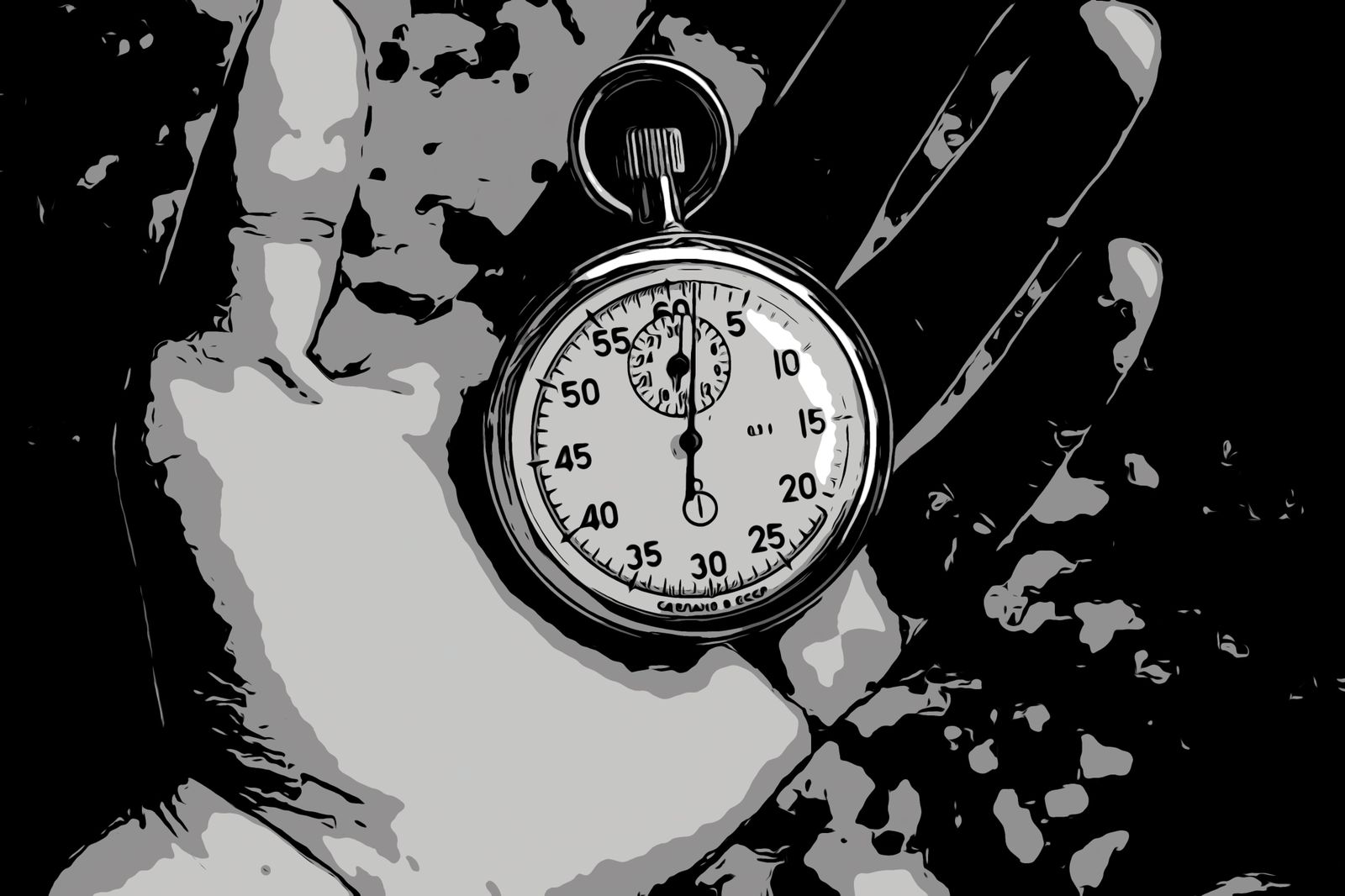Are you a Now person or a When person?
One day, way back in 2015, when I was working at Mu Sigma, the company CEO, Dhiraj Rajaram was addressing a room of over a hundred people.
“Are you a ‘Now’ person or a ‘When’ person?,” he asked.
Many, like me, had never heard of or thought about this question before. The discussion that followed was one where we collectively unlocked the room’s intellectual energy to bring more clarity and meaning to answer that question.
That meeting really struck a chord and has stayed with me. The notes I scribbled that day are what I have captured below. I have not edited my notes for clarity or brevity. During the note capture process, I may have mistakenly re-contextualized or misinterpreted things. So a disclaimer: Some interpretation errors at my end are very likely. If you find any gold nuggets from these notes, credits go to the folks in that room on that day; any mistakes found here are mine. Without further ado, let’s get right into it.
Who is a “When” person?
- A “When” person has great goals but has scheduled them for a non-specific time in the future that they label, “When it’s the right time.”
- “When” quickly turns into “Never” because it’s just so easy to find excuses and rationalize the decision not to take action. “When” never shows up at the perfect time.
- A “When” person is responding to external stimuli - He first finds out when a task is due and works backwards to calculate when certain milestones should be met. He needs that push to get things done.
Who is a “Now” person?
- A “Now” person is the complete opposite to a “When” person. She starts by asking herself the question, “What can I start right now to deliver this?” and she just starts.
- She starts small but with disciplined effort, keeps at it and gets things done.

Ideas on how to be a “Now” person:
-
Don’t parallel process tasks. Serialize; stick to singular tasks. Be comfortable taking one step at a time. Create purpose and own it. Create power-plays (cricket analogy — do short bursts of intense work) Suck the juice out of your time. Catch yourself getting distracted. Don’t wait for cadence. Create anxiety. Build in public — Announce what you want to achieve to the world. Now that you’ve made a public proclamation, let the world see you sweat. Set strong deadlines. Feel and express guilt. Shraddha (positive attitude towards the unknown dimension of reality) with less cynicism Believe in serendipity and synchronicity. Take nothing for granted. Think about 2nd and 3rd order consequences. Be greedy for purposeful interactions. Show comfort with inefficiency and unstructured-ness. Don’t get fatigued with iterations — Love them! Eat that frog first and expect / wait for caviar later (do the most boring tasks first) Be the best you can be.
How to measure and keep track of yourself on your way to becoming a “Now” person?
- How many times did you beat a deadline?
- What was your response time?
- What’s your “make to keep” ratio?
- How many purposeful interactions have you had?
- How many power plays planned/executed?
- How much more did you get done/day?
- What’s your “Nowness ratio”? Your (Productive time)/(Productive + Wasted Time)
- What’s the ratio of the expected or planned task time to the actual task time?
- How many items from your checklist were planned and executed?
- How many plan B’s and plan C’s did you come up with for each task?
- Write what will fail
- Visualize the steps you will need to execute a task
- Map your access to internal power — What’s the path to influencing powers that will help destroy obstacles in your way?
- It is good to feel pain — Go beyond your comfort zone, with just enough discomfort (without being unreasonable)
Photo by Veri Ivanova on Unsplash